Prepare yourself for an incredible voyage through the grand rivers of the United States. We’ll set sail on the mighty Mississippi, meander through the vast Missouri, and explore the breathtaking Colorado. Along the way, we’ll discover the diverse habitats, fascinating creatures, and rich history that make these rivers so captivating. Together, we’ll unravel the secrets of these watery giants and delve into the ways we can protect their health and beauty for years to come.
Largest Rivers in the United States
Let’s dive into the amazing world of the largest rivers in the United States – these aren’t just any bodies of water, they’re like the veins of our nation, carving out landscapes and breathing life into everything around them. The United States boasts a remarkable 38 major rivers, each with a main stem exceeding 500 miles! These intricate waterways are essential, not just for their beauty, but for transportation, commerce, and the health of our ecosystems.
Think of the Mississippi River, the king of them all! This giant stretches a mind-blowing 2,350 miles, starting its journey as a humble stream and ending up in the Gulf of Mexico. It’s so big that its basin, the area where all its water collects, covers a whopping 31 states! We’re talking diverse landscapes, unique plants and animals, and communities that have relied on this river for centuries.
Speaking of river systems, the Missouri River, fondly nicknamed “The Big Muddy,” deserves a special shout-out. This behemoth stretches an impressive 2,300 miles, eventually joining forces with the Mississippi. Together, they create the fourth largest river system in the world—talk about a power couple!
Now, each river has its own personality, shaped by the land, the weather, and even the rocks beneath it. Take the Colorado River, for example. This one’s a bit of a rebel, known for its powerful currents that have carved out those breathtaking canyons we see in pictures. And then there’s the Ohio River, flowing gently through rolling hills – quite a contrast, right?
Of course, we humans have also left our mark on these rivers, building dams and redirecting their flow. This has definitely impacted the environment and the way water is distributed. It’s a delicate dance between harnessing the power of these rivers for our needs, such as flood control and power generation, while ensuring the health and vitality of these intricate ecosystems. But despite these changes, these mighty rivers still play a crucial role. They act as highways for transporting goods, support entire industries, and offer us places to relax and enjoy nature.
To give you a better picture of the giants we’re talking about, check out this table:
Top 10 Longest Rivers in the United States
| River | Length (miles) | Source | Mouth |
|---|---|---|---|
| Mississippi River | 2,350 | Lake Itasca | Gulf of Mexico |
| Missouri River | 2,341 | Rocky Mountains | Mississippi River |
| Yukon River | 1,980 | British Columbia | Bering Sea |
| Colorado River | 1,450 | Rocky Mountains | Gulf of California |
| Rio Grande | 1,260 | Rocky Mountains | Gulf of Mexico |
| Arkansas River | 1,460 | Rocky Mountains | Mississippi River |
| Ohio River | 981 | Allegheny River and Monongahela River | Mississippi River |
| Tennessee River | 652 | Appalachian Mountains | Ohio River |
| Snake River | 1,079 | Rocky Mountains | Columbia River |
| Columbia River | 1,243 | Canadian Rockies | Pacific Ocean |
This is just a glimpse into the world of America’s largest rivers. Each one has its own story to tell, filled with natural wonders and the impact of human interaction. So next time you look at a map or see a river flowing by, take a moment to appreciate the power and importance these waterways hold.
What Defines the Largest Rivers in the United States?
So, we’ve been talking about the amazing rivers crisscrossing the US, and while size is a big deal, it’s just the tip of the iceberg! It takes a whole bunch of unique characteristics to really appreciate the true significance of these flowing giants. Let’s dive in!
It’s More Than Just a Pretty Flow: Unveiling the Factors
When we’re talking about river size, length is probably the first thing that pops into our heads. It’s like measuring the river’s journey from its birthplace to where it finally meets the ocean. The king of them all? The mighty Mississippi River, stretching a whopping 2,350 miles – that’s like driving across the entire country and then some!
But hold on, there’s more to a river’s size than just length. “Discharge” is another biggie. Think of it like the river’s heartbeat – the amount of water pumping through it at any given time. We’re talking cubic feet per second, and it’s always changing depending on the weather (rain, snowmelt…you name it). Even humans can impact a river’s discharge through activities like damming and diversions.
Now, imagine a giant bathtub that collects all the water flowing into a river. That’s kind of what a “drainage basin” is – the land area where all the streams and creeks eventually flow into the main river. The bigger this basin, the more water it can gather, making the river even more impressive.
From Mountain Tops to Ocean Depths: A Journey Across Landscapes
The US is like a giant puzzle of different landscapes, and our rivers get to experience it all! Some are born high up in the snowy peaks of the West, while others start their journey in the rolling hills of the Midwest or the lush green forests of the East. This crazy diversity is what makes each river so unique – from how fast it flows to the stuff it carries along the way. For instance, the swift currents of the Colorado River, shaped by the rugged terrain of the Rocky Mountains, stand in stark contrast to the meandering flow of the Ohio River as it traverses the gentler slopes of the Midwest.
Bridging Borders: Rivers That Connect Us
Here’s something pretty cool: seven of our major rivers are like international bridges, flowing across borders and connecting us with our neighbors. The Yukon, Columbia, Milk, and Red River of the North all head up to Canada. The Colorado and Rio Grande make their way down to Mexico. And then there’s the Saint Lawrence River, sharing the border between the US and Canada. These rivers aren’t just waterways; they’re symbols of cooperation and shared responsibility, reminding us that environmental concerns often transcend political boundaries.
The Human Touch: Our Impact on Nature’s Waterways
Let’s face it; humans like to leave their mark on everything, and rivers are no exception. We’ve built dams and diversions to prevent floods, generate power, and make sure our crops get enough water. But these changes, while sometimes necessary, have definitely impacted the natural flow of many rivers. It’s a delicate balance between our needs and the health of these precious ecosystems.
Wrapping It Up
So, what have we learned? Defining the largest rivers in the United States goes way beyond just measuring their length. It’s about understanding the power of their discharge, the reach of their drainage basins, and the unique journeys they take through diverse landscapes. It’s about recognizing their role as international connectors and acknowledging the impact we have on their health. Rivers are more than just water flowing downhill; they’re vital lifelines that deserve our respect and protection.
Want to Learn More?
There’s a whole world of information out there about these incredible waterways. If you’re curious to dive deeper, check out the USGS website (https://water.usgs.gov/GIS/metadata/usgswrd/XML/gagesII_MajorRivers_Discharge.xml), they’ve got some amazing resources on the major rivers of the United States!
Exploring the Mighty Mississippi: A Deep Dive into America’s Longest River by Volume
The Mississippi River, often called the backbone of America, isn’t just some river flowing through the countryside. It’s a massive force of nature, stretching over 2,550 miles, longer than most road trips you’d take! It’s like the main vein of our country, connecting 31 states and even dipping its toes into two Canadian provinces. Think of it as the original superhighway, carrying goods and people up and down its path for centuries.
But it’s not just about practicality. This river is steeped in history. Imagine the Native American tribes who relied on it for food and transportation, or the explorers who used it to chart the unknown West. Think about the steamboats chugging along, the battles fought on its banks, and the stories whispered on the wind, all echoing the drama and change this river has witnessed. From the state with the most rivers to the longest river in Alaska, the Mississippi’s influence is felt far and wide.
And let’s not forget the wildlife! The Mississippi River Basin is a haven for all sorts of critters. Imagine vibrant forests teeming with life, sprawling wetlands teeming with birdsong, and hidden creatures lurking in its depths. It’s like Mother Nature’s own zoo, constantly buzzing with activity.
Here’s the thing about the Mississippi – it’s always changing. Scientists believe it was carved out by massive glaciers ages ago, and its course has shifted over time, creating oxbow lakes and reshaping the landscape. This ongoing transformation makes it a hotbed for research. Scientists are studying how the river interacts with its surroundings, how it impacts wildlife, and how human activity affects its health.
The Mississippi River isn’t just a body of water; it’s a living, breathing testament to the power of nature and the story of America. From its humble beginnings as a glacial stream to its current status as a vital artery of commerce and culture, the Mississippi continues to inspire and intrigue. It’s a reminder that some forces of nature are too grand to be fully understood, and that’s what makes them so captivating.
Navigating the Missouri: Unveiling the Longest River in the US
The Missouri River, fondly nicknamed “The Big Muddy,” isn’t just any river – it’s the reigning champ of length in North America, clocking in at a whopping 2,300 miles. It begins its journey in the heart of Montana and finally meets the mighty Mississippi River in Missouri. This meeting of titans isn’t just a beautiful sight; it creates the fourth largest river system on our planet!
Speaking of journeys, the Missouri has seen it all. For centuries, Native American tribes relied on its waters for food, transportation, and even inspiration for their stories. Fast forward to the days of fur traders and settlers, and you’ll find the Missouri was a bustling waterway, guiding them westward and literally shaping the destiny of the United States. Its significance is comparable to the longest river in Mexico in terms of its cultural and historical impact.
The “Big Muddy” isn’t stuck in the past though. Today, it’s still a critical waterway for transporting goods, and its flow powers up hydroelectric dams that bring us electricity. Farmers depend on it to water their crops, and boaters and nature lovers can’t resist its charm. It’s a haven for all sorts of critters too, making it a truly lively and fascinating ecosystem.
Thinking about taking a trip down the Missouri? Here’s what you can expect:
| Feature | Description |
|---|---|
| Length | 2,300 miles |
| Source | Rocky Mountains, Montana |
| Mouth | Mississippi River, Missouri |
| Nickname | “The Big Muddy” |
| Significance | Historical trade route, westward expansion, modern commerce, recreation |
Here’s why the Missouri River is so cool:
- Longest River in North America: At 2,300 miles long, it beats out all the competition.
- Major Tributary: It teams up with the Mississippi to create a massive and important river system.
- Historical Heavyweight: It played a key role in the fur trade, westward expansion, and the development of the United States.
- Economic Powerhouse: Still important for trade, it also helps generate electricity and irrigate farmland.
- Nature Lover’s Paradise: Whether you’re into fishing, boating, or just soaking up stunning scenery, the Missouri River has something for everyone.
While we know a lot about the Missouri River, research is ongoing and new discoveries are always being made. The story of this incredible waterway continues to unfold, reminding us of the powerful forces that have shaped our nation and the natural world around us.
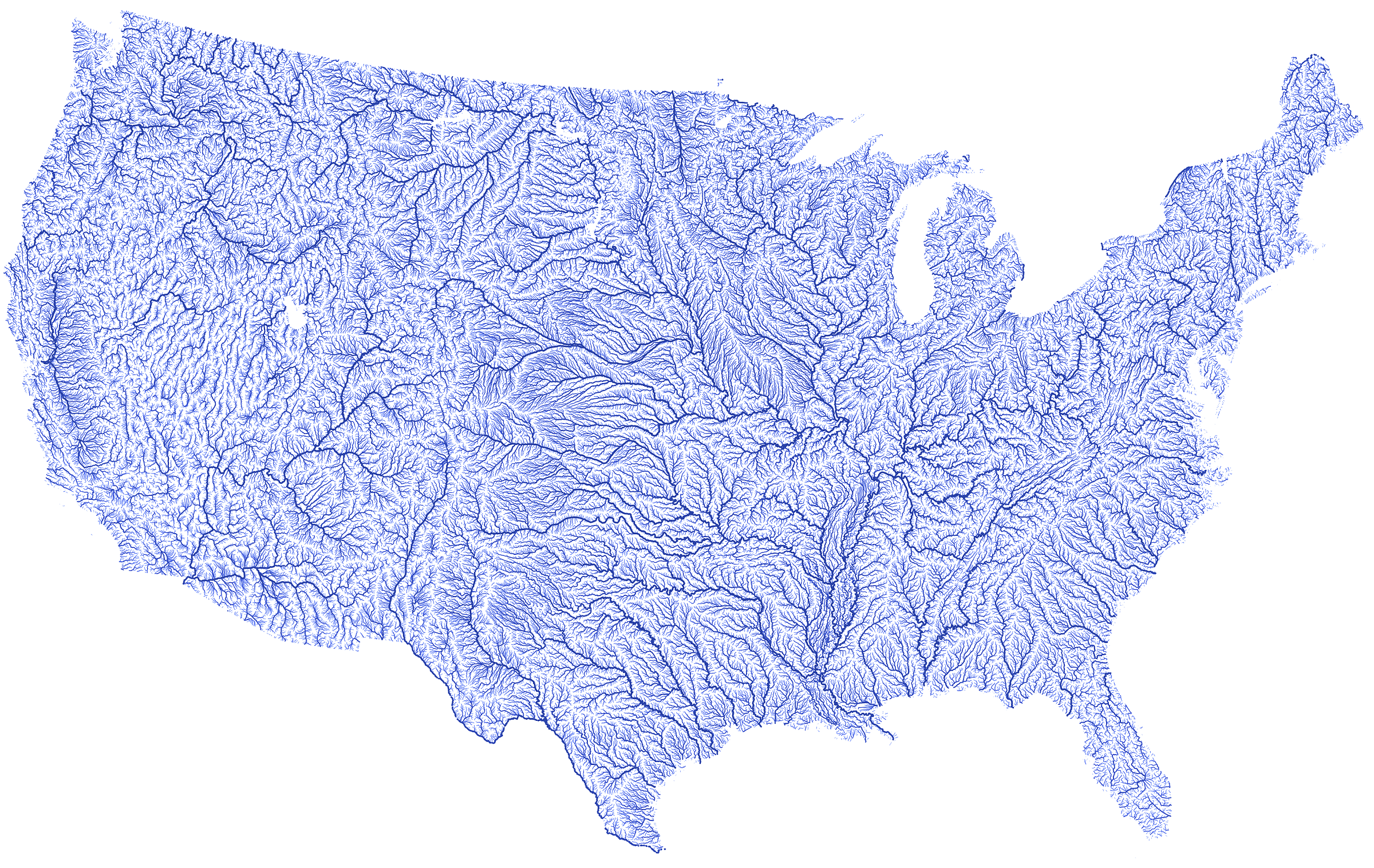
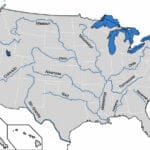
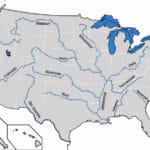
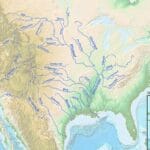
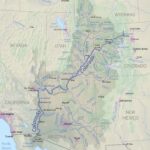












Comments are closed.